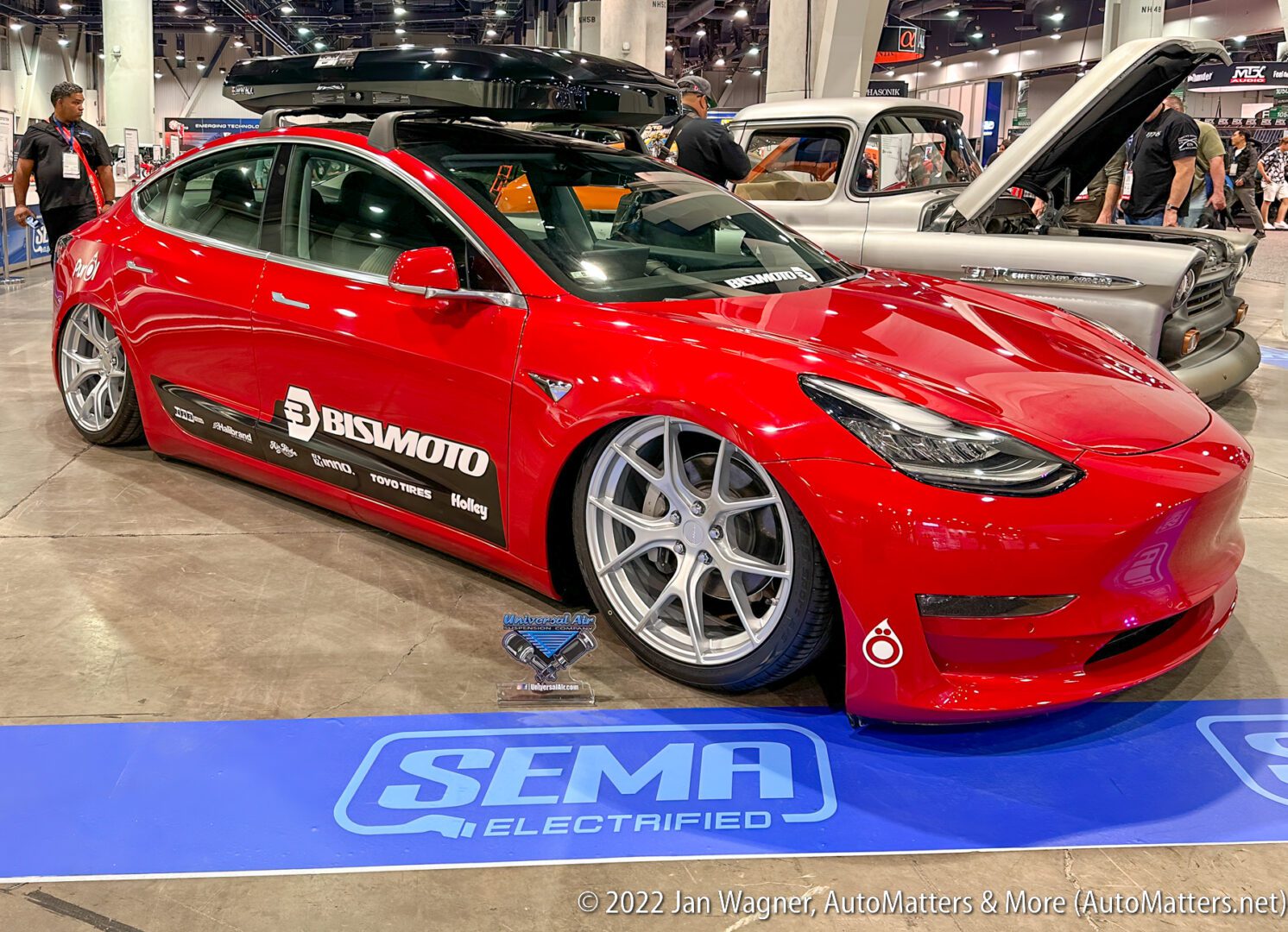
Is a fully electric vehicle the best choice for you?
If you are considering the purchase of a new vehicle, you might be thinking about getting one that is fully electric. However, especially if this will be your only vehicle and if you have never tried to include a fully electric vehicle in your day-to-day routine, there are factors that you should carefully consider first, to determine if a fully electric vehicle will meet your needs.
There are definitely benefits to going all-electric. Test drives can provide you with good insight into some of those benefits. You will probably notice the quick acceleration and the lack of engine noise. These vehicles are quiet! Since there is no gasoline engine — just electric motors — maintenance is significantly reduced.
However, there are critical differences between fully electric vehicles and gas-powered vehicles. Of these differences, the fuel source is likely the most consequential, by far. Whereas you refuel a conventional vehicle with gasoline, you ‘refuel’ a fully electric vehicle with electricity.
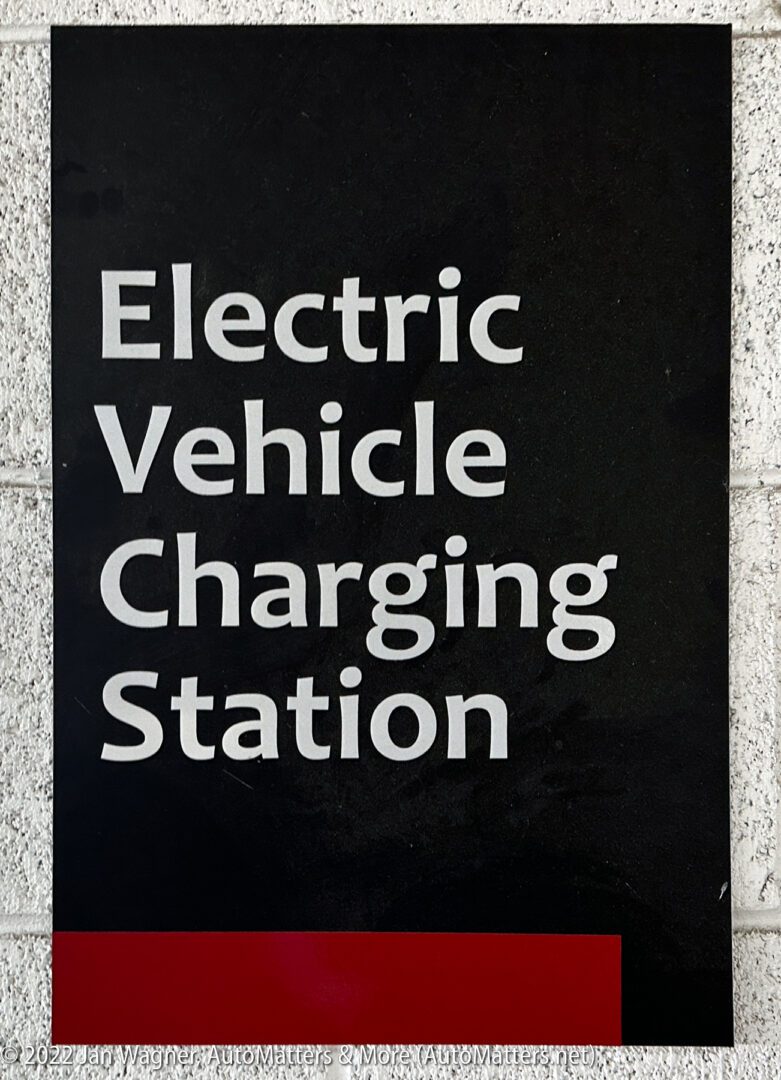

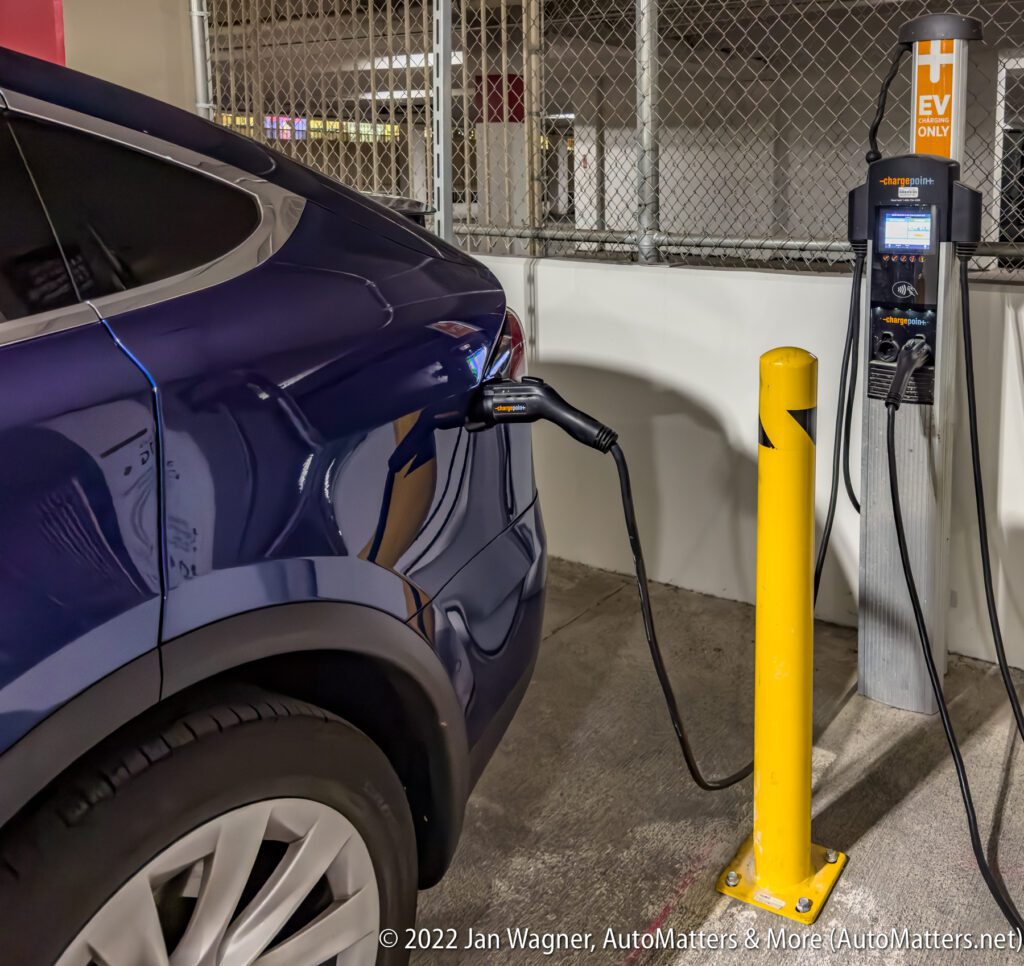
It takes significantly longer to ‘refuel’ an electric vehicle than it takes to refill the gas tank of a conventional vehicle. You must take this fact into consideration when making your travel plans.
My daily driver is a 2021 RAV4 Prime plug-in hybrid. A plug-in hybrid combines an internal combustion engine and electric motors. Mine can run on a driver-selectable combination of gas and electricity. It is plugged in to recharge and gas goes in the tank.
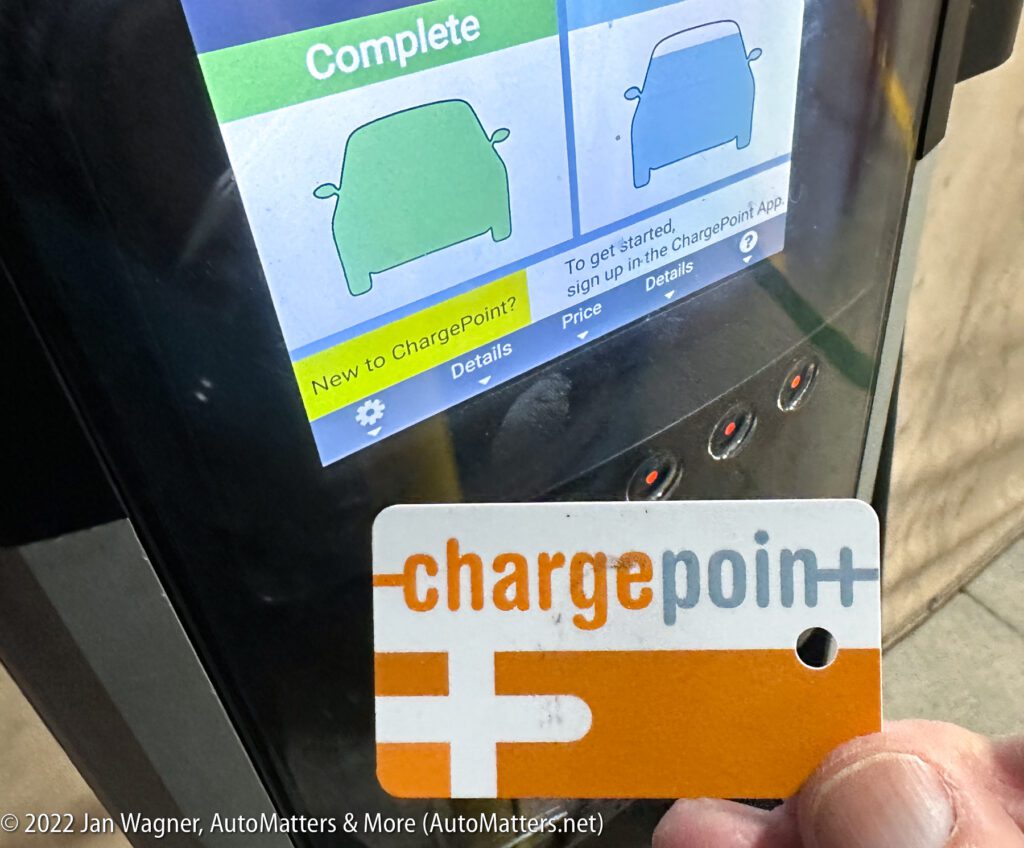
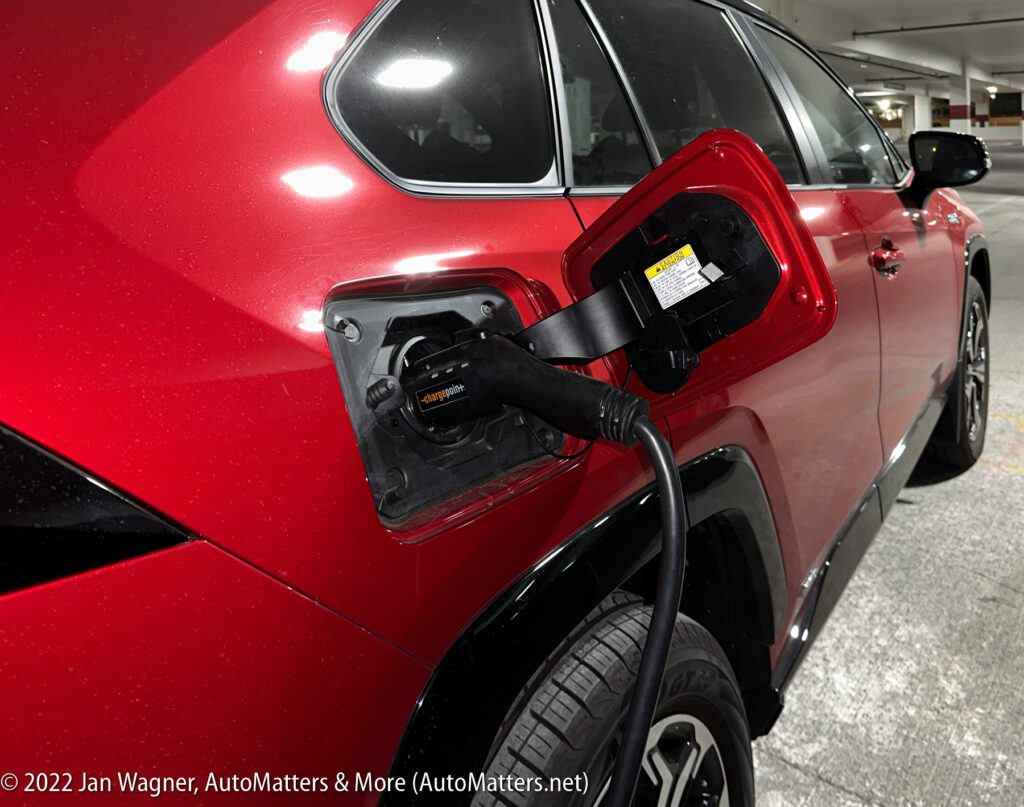
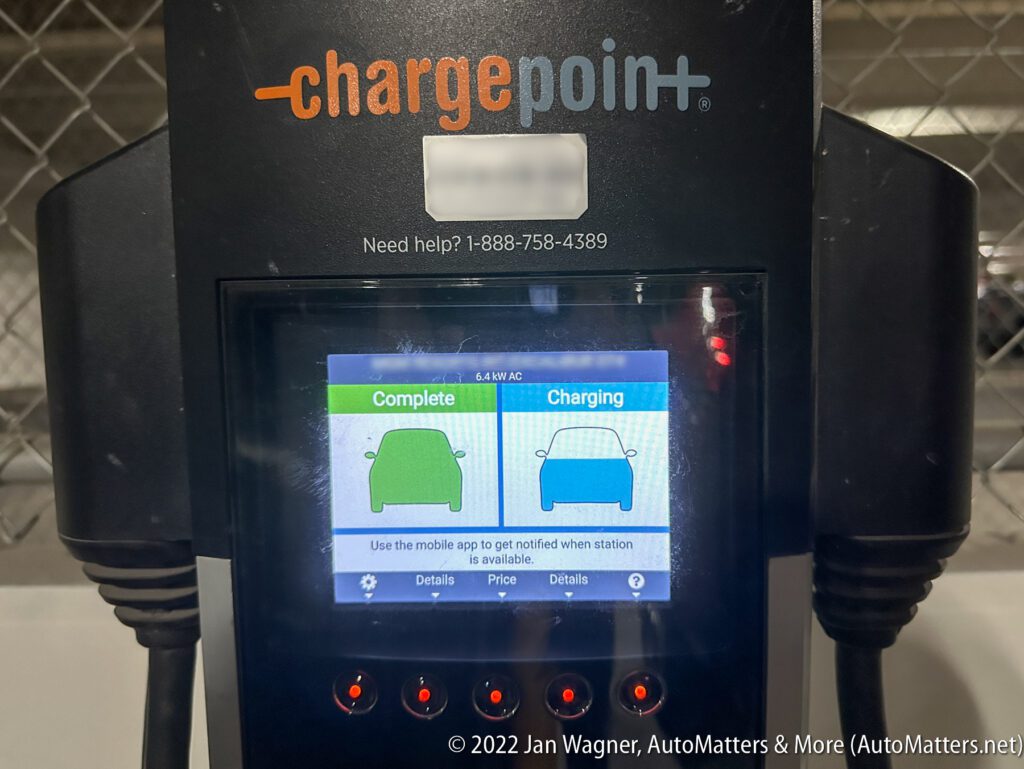
It also qualifies for California’s single driver carpool lane stickers, just like a full EV.

Before purchasing my RAV4 Prime, I gave serious thought to purchasing a fully electric vehicle, but ultimately I decided that was not a good choice to meet my driving requirements, which consist of a mixture of short and long trips. Driving it for more than two years has confirmed that I made the correct choice. Long trips in a fully electric vehicle would require much longer stops to recharge than stopping for gas would take, where you could quickly fill up your gas tank and be on your way. Furthermore, charging stations are much less common than gas stations, and those that are there may already be in use by other drivers or not be working.
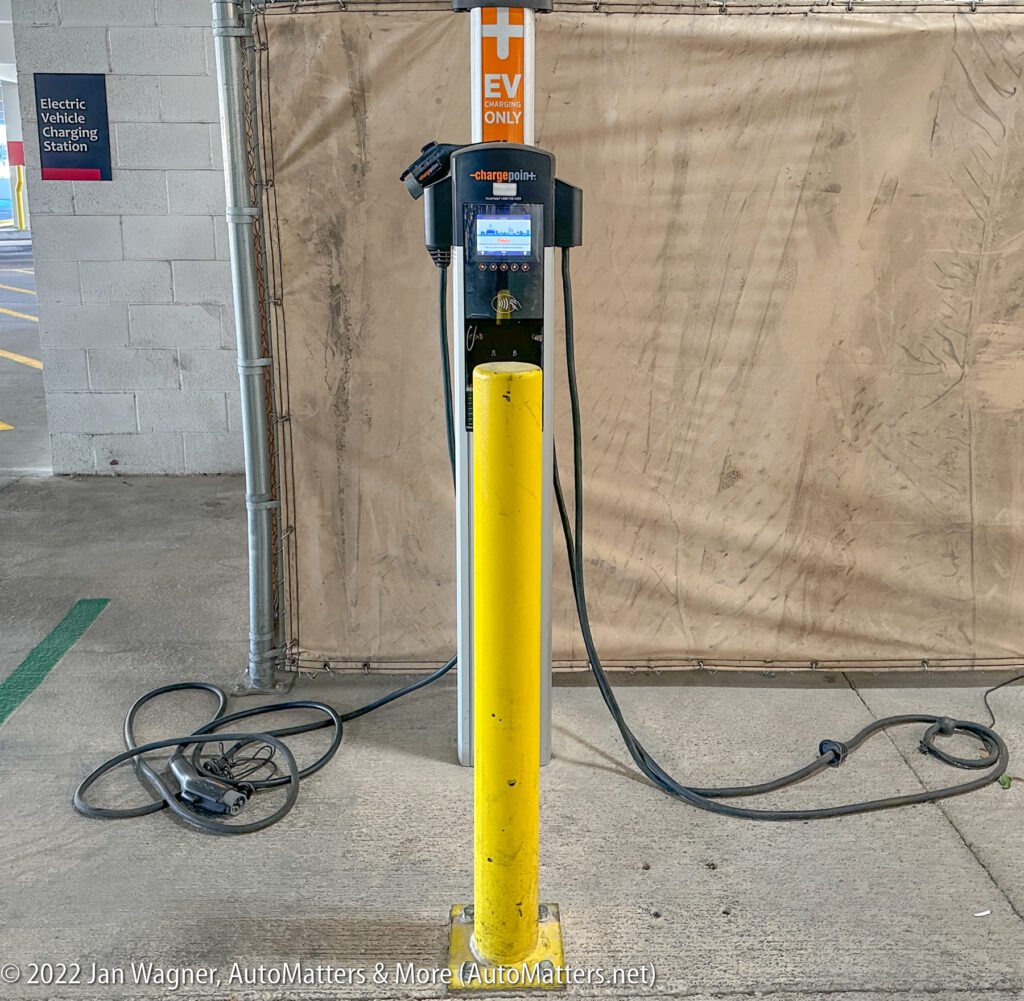
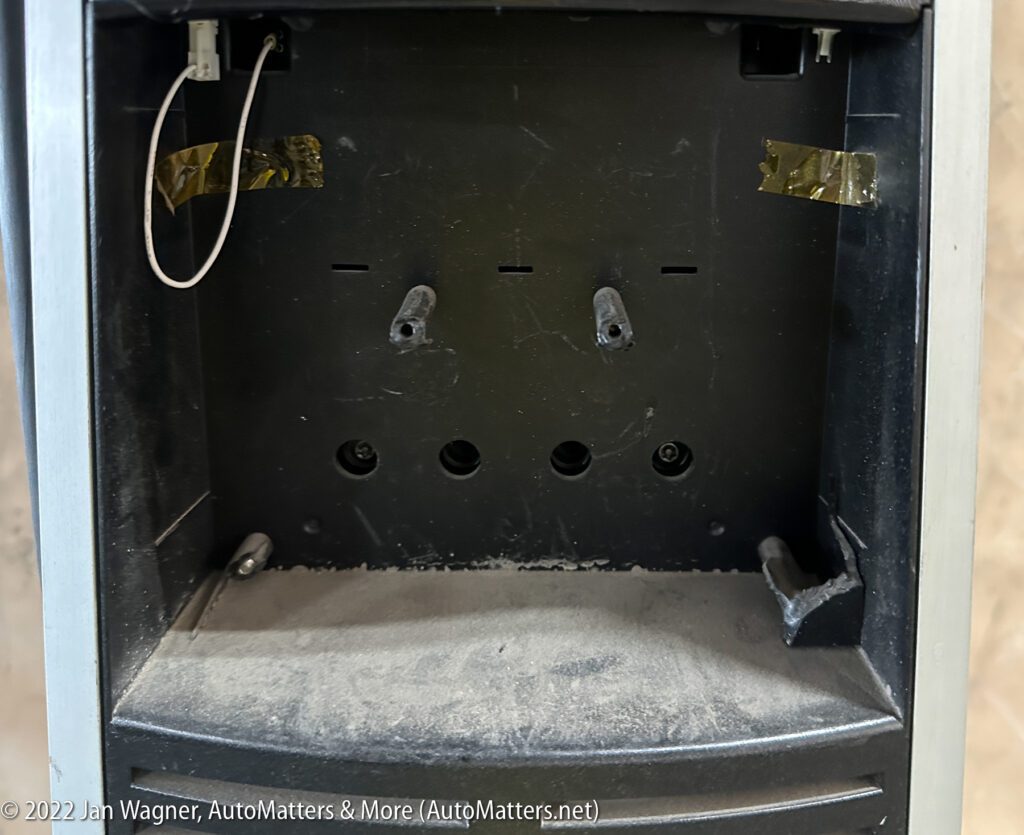
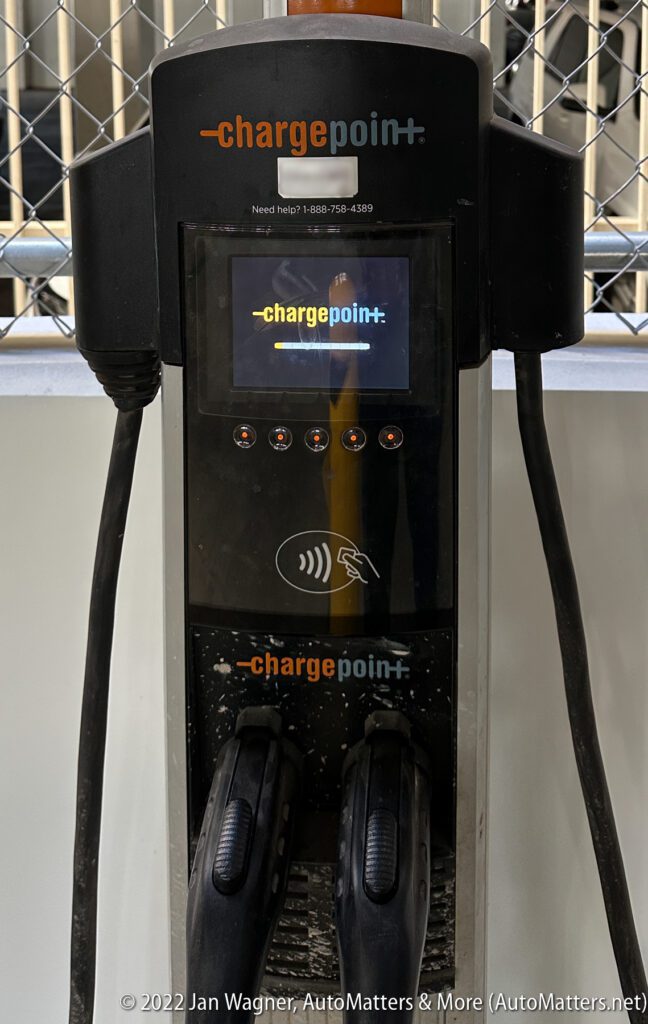
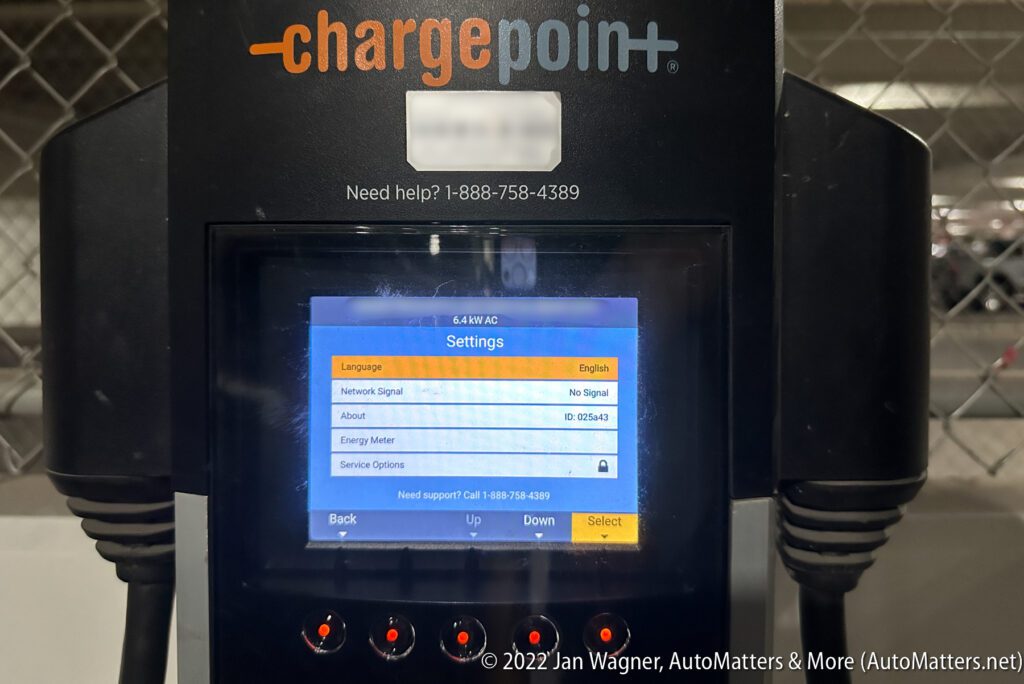
Think you have where to charge covered by a nearby commercial charger? Think again. Today I had a business meeting where I am a long-time client. They told me on the phone that they have EV charging in the open-air parking lot for their two-story, multi-tenant office building, so I decided to take advantage of that. Of the four plugs at the two charging stations, a Tesla was parked in one of their stalls, but not plugged in; a second stall was empty but it was for handicapped parking only; and a third stall had a vehicle plugged in. The fourth stall was still empty, so I backed into it. The ChargePoint screen said that the plug was available so I tapped my ChargePoint card on the reader. Shortly thereafter, this message was displayed on the screen:
“Access restricted. Sorry you don’t have access to this station. Contact EV admin for more info.”

I tried a few more times, with the same result. Fortunately, I have a plug-in hybrid so I can use gas as an alternative.
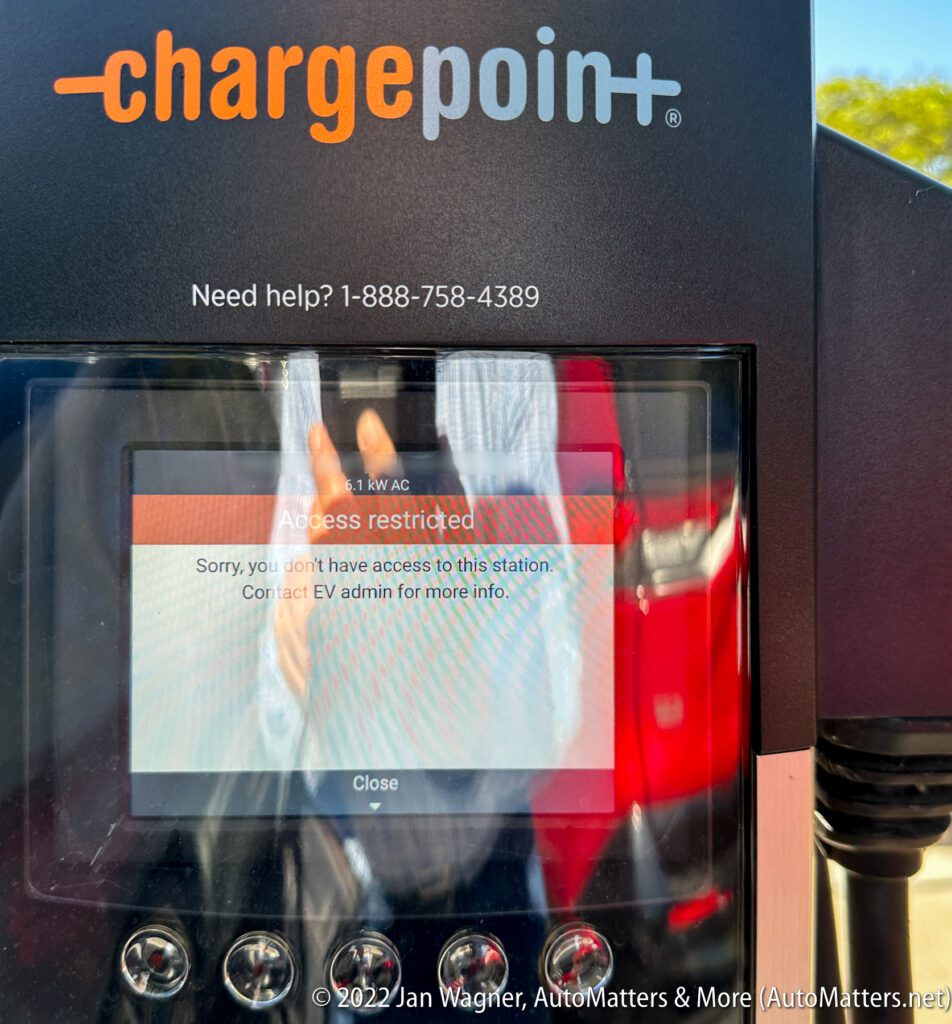
I have solar panels on my house, so I usually recharge at home. I especially appreciated that recently, when the price of gas skyrocketed. Thanks to its 42 miles of all-electric range, I do most of my local driving using electricity in my RAV4 Prime plug-in hybrid.
I just returned from a week-long trip from San Diego to Las Vegas, during which I covered the SEMA Show (a huge automotive trade show), and the Aviation Nation air show (featuring The USAF Thunderbirds, at Nellis Air Force Base). The distance from my home to the Las Vegas Convention Center is around 350 miles. Even under ideal conditions the maximum range of all but the most expensive EVs is less than 350 miles (and in cold weather, EV range can drop sharply), so if I had an EV I would have needed to stop along the way to recharge for much longer than a stop for gas would have taken. I left home with a full tank and a full charge, so when I arrived at the Las Vegas Convention Center in my RAV4 Prime, I still had about a quarter of a tank of gas.
My hotel offered free electric vehicle charging, which would have enabled me to drive for free for my week in Las Vegas.

However, the hotel only had three pairs of ChargePoint stations, some of which were out of order. I was able to recharge twice during my stay. The rest of the time I used gas. With a fully electric vehicle, you do not have that choice.
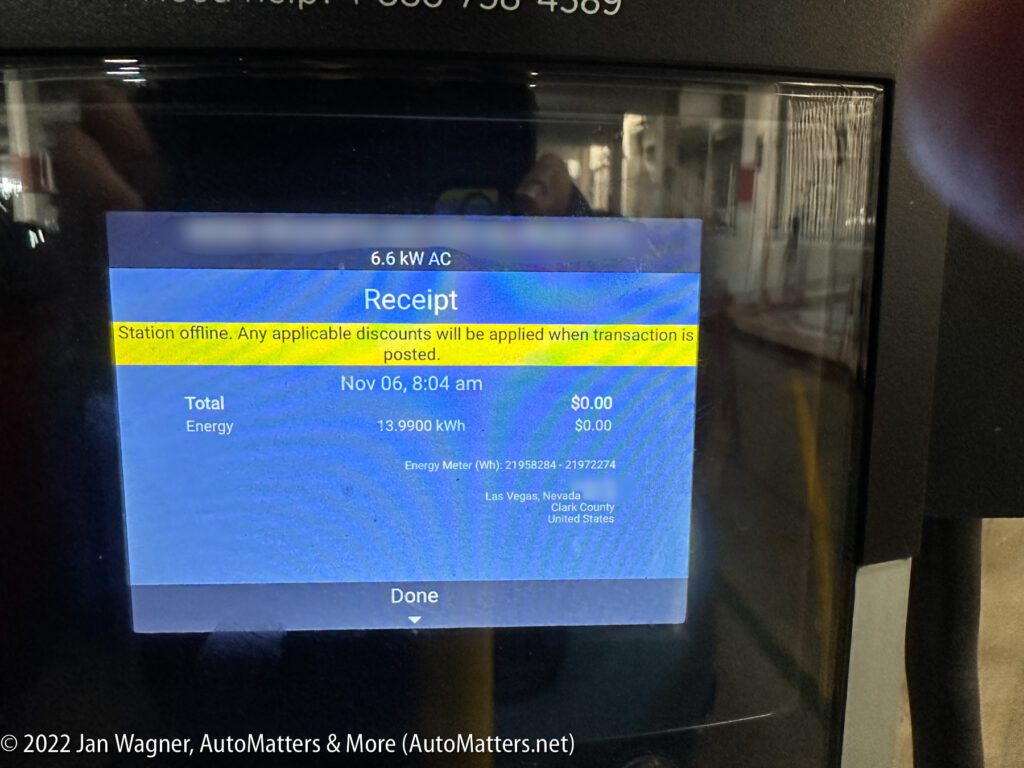
If you need a new vehicle and occasionally make long trips, my advice to you is to hold off on buying a fully electric vehicle until the charging infrastructure and battery range improve. In the meantime, get a hybrid or plug-in hybrid.
To learn more about the Toyota RAV 4 Prime plug-in hybrid, here are links to two of my “AutoMatters & More” columns about that vehicle:
To explore a wide variety of content dating back to 2002, with the most photos and the latest text, visit “AutoMatters & More” at https://automatters.net. Search by title or topic in the Search Bar in the middle of the Home Page, or click on the blue ‘years’ boxes and browse.

True facts from your great knowledge n experience…..
Thank You for sharing
You’re welcome, Alberto. Thank you for visiting.
Jan
Jan, this is a really excellent article for those contemplating the purchase of their next vehicle. It points out the advantages and limitations of each choice in a concise and understandable way. I’m going to post it on my RaceDirector site and hope it attracts a few views and comments. Great work. David.
Thank you David,
Hopefully visitors will benefit from my honest, real-world experience.
Jan
Hi again David,
I just added some new information and photos to the middle of this column.
Jan